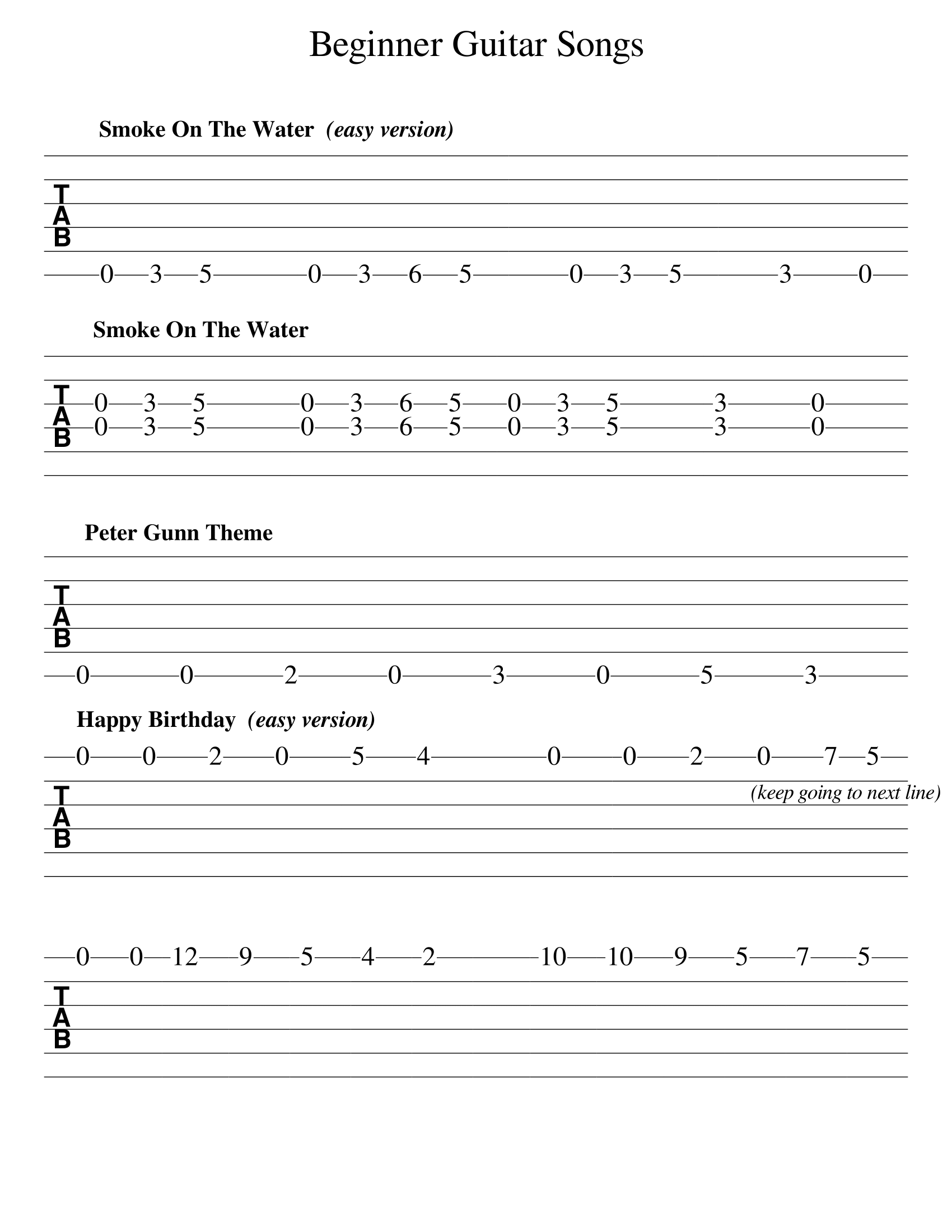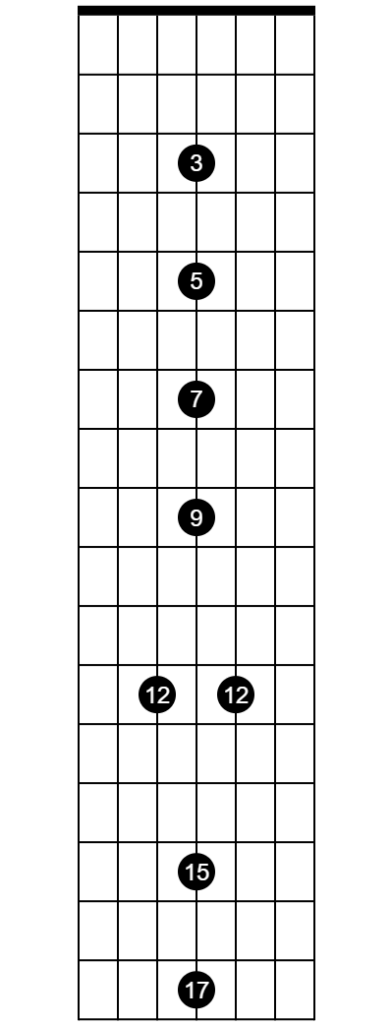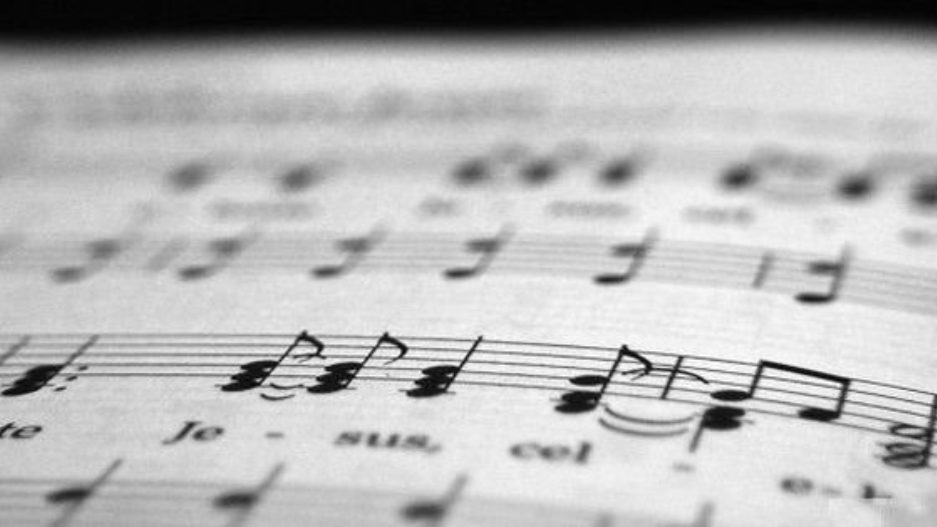Tablature is an alternative method of writing guitar music, where each line represents a string on the guitar. The top line represents the first string (high E string) and the bottom line represents the sixth string (low E string).
The numbers written on these lines represent a fret number, where 1 represents the first fret, etc. A zero represents an open string, which is when a string is played with no finger on a fret.
Read these numbers from left to right, just like reading a book. When multiple numbers are stacked-up vertically, this mean the notes are played simultaneously. Two or more notes played at the same time creates a chord.
[br]

These songs are designed for beginners, as all notes remain on one string throughout. The purpose of these exercises is to help you get used to reading this new tablature format, and also improving your ability to find any fret number quickly.
Use the fret markers, or dots, on your guitar neck to help you find the numbers quickly. The first four markers are odd numbered frets, on most guitars, frets 3, 5, 7, and 9. Then there is typically a double-dot at fret 12 which represents the octave, and then the single-dots continue on odd numbered frets.
[br]

Some guitars, such as Gibsons, also have a marker on the first fret.
[br][br]
